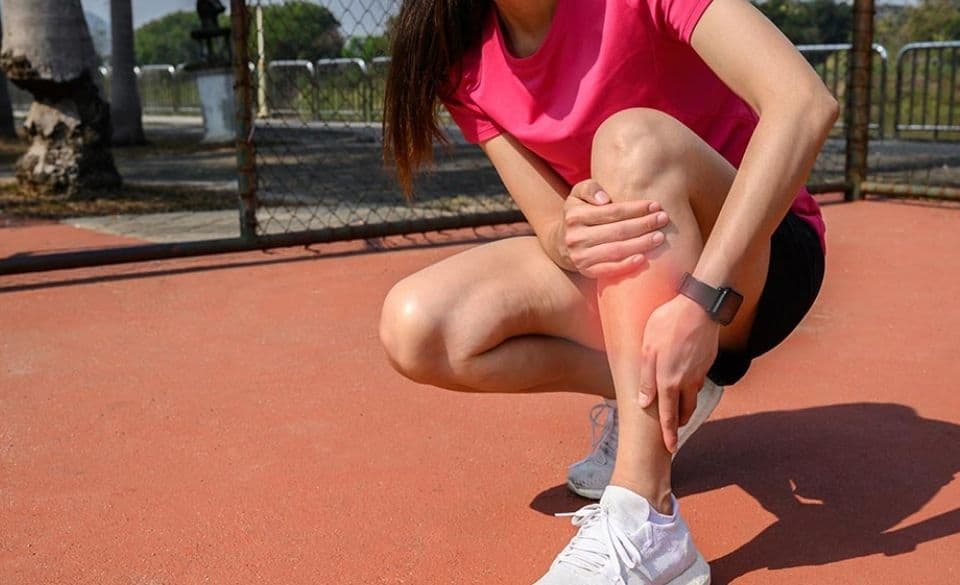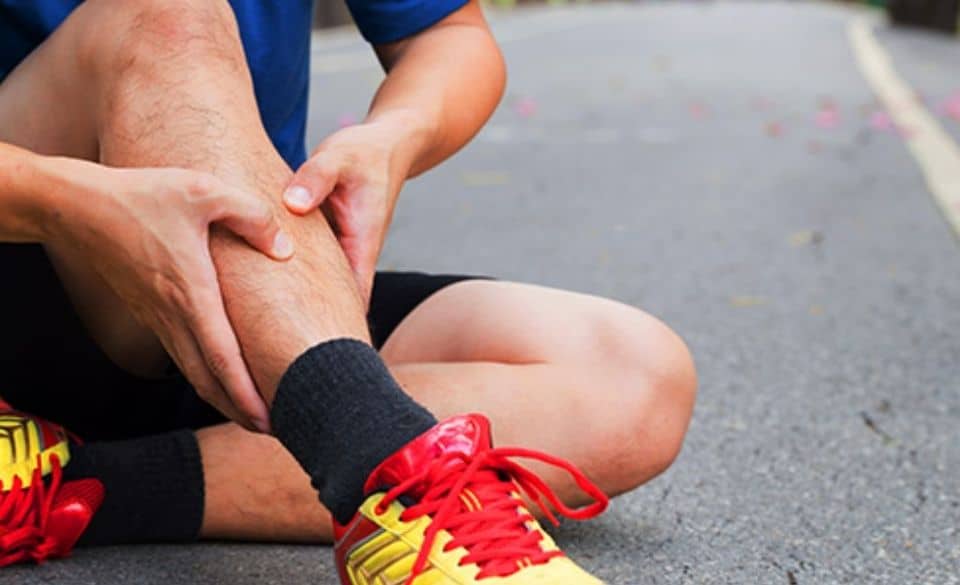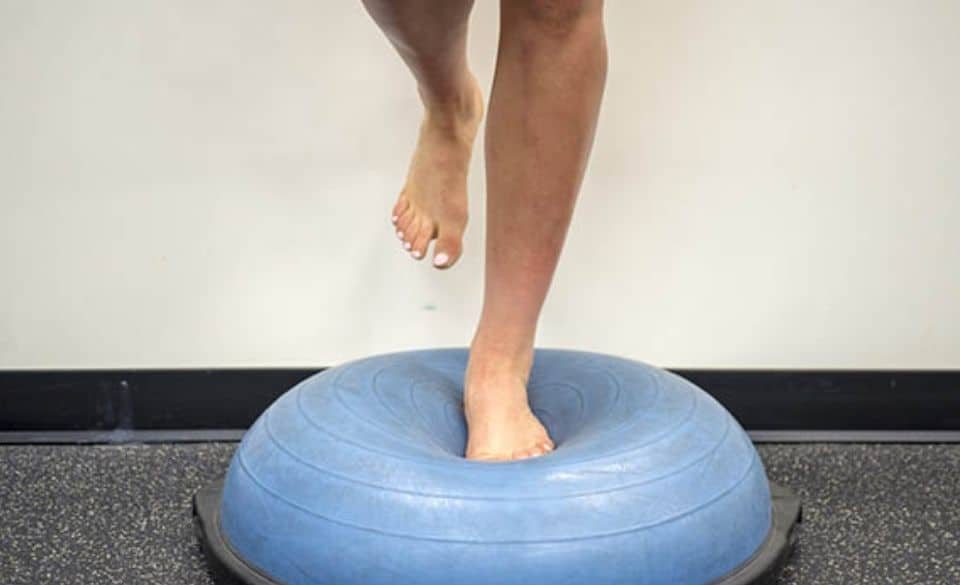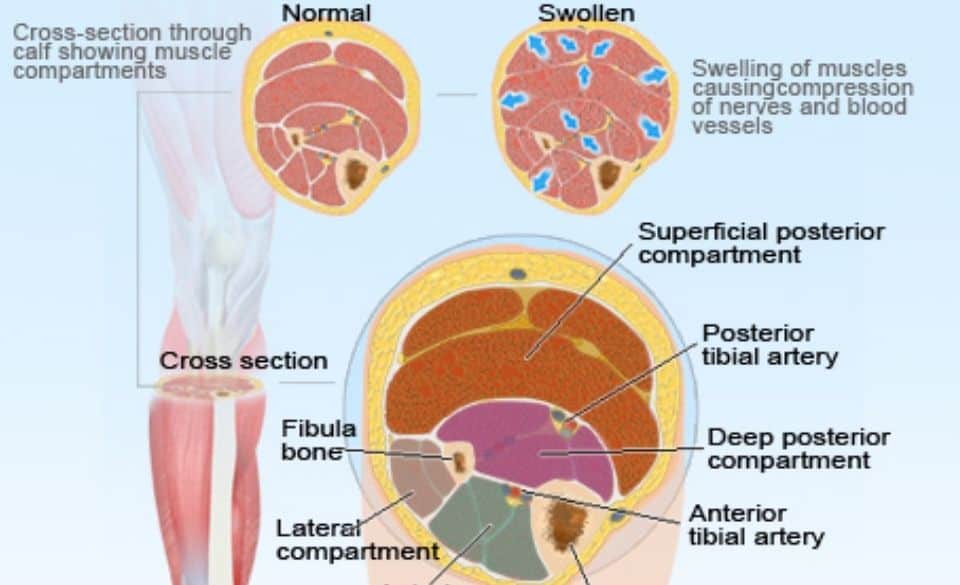
Compartment Syndrome While Running – A Complete Guide
Page Contents
Compartment syndrome is a painful condition that many runners experience in the lower legs.
The impact running places on the body is widely known to be the cause of this condition.
If you have ever experienced compartment syndrome while running, it can cause a high level of discomfort and affect your ability to run.
So what causes this? And how can you prevent this from happening?
In this article, we explain what compartment syndrome is and how it affects the runner. We also discuss the recovery time and exercises that can help get you back running.
So read on to know more about this injury and how you can recover from it.
Compartment Syndrome While Running – A Complete Guide
Compartment syndrome is a condition that affects only runners or people that practice a sport that involves running.
The condition causes an excessive amount of fluid build-up around the muscles. This pressure then affects circulation and restricts blood flow, resulting in pain in the lower leg. Once the circulation to the surrounding muscles is affected, runners will see a decrease in oxygen and nutrient supply to the muscle tissue.
There are two forms of this condition, one being acute and the other being chronic. Each of these conditions varies based on the severity of the injury.
Acute Compartment Syndrome
This condition is usually caused by a previous traumatic injury, such as a fracture or heavy bruising. Acute Compartment syndrome is also known to occur in steroid users and after vascular surgery. This condition is not widely seen in runners but can cause the person to experience excruciating pain and numbness.
Below are some of the symptoms you may experience having Acute compartment syndrome while running.
– Intense pain when stretching the muscle.
– Cramping sensation
– Tenderness around the affected area.
– Muscle tightness.
– Burning or a tingling sensation.
– Weakness of the muscle (severe cases).
– Numbness of the muscle (severe cases).
Chronic Compartment Syndrome
This form of the condition is more common in runners. The impact and repetitive motion of running is the primary cause of this. Runners that try to adjust their toe landing after the heel strikes the ground are widely known to be affected by this condition.
Even though it can occur frequently during training, it is not a serious condition and usually subsides once the runner rests.
Below are some of the symptoms you may experience having chronic compartment syndrome while running.
– Difficulty dorsiflexing (lifting the foot from the ankle).
– A visible bulge at the front of the lower leg muscle.
– Numbness.
– Pain when stretching the muscle.
– Muscle tightness.
Treatment for this condition revolves around stretching and strengthening exercises. Strength exercises for the lower leg help relieve tension within the muscle, and in some cases, they can help lower the pressure inside the anterior compartment. Other treatments such as massage and dry needling can help the runner recovery from the condition.
However, the strengthening of the muscles surrounding the ankles should be a priority, as this will help the tibialis anterior handle the force placed on it.
Alternatively, changing your running technique from a heel landing to a forefoot or mid-foot strike can help relieve some of the stress placed on the tibialis anterior.

Compartment Syndrome Vs Shin Splints – How They Differ?
Often chronic compartment syndrome gets mistaken for shin splints. However, the two conditions differ slightly, so what is the difference between compartment syndrome vs shin splints?
The term shin splints is used to describe lower leg pain caused by running or jumping. The pain caused is through a muscle strain, tendinitis, or inflammation of the outer layer of bone. The pain the runner experiences because of shin splints is located along the inner and outer tibia bone.
Whereas chronic compartment syndrome is a muscle and nerve condition that causes swelling in the affected muscle. It also causes circulation and restricts blood flow to the surrounding muscles.
Often the pain is much more prevalent with the latter and the recovery time takes longer.
Even though the difference between compartment syndrome and shin splints is widely different, some of the symptoms are similar. So it is not uncommon for people to misdiagnose the injury before they see a doctor.

Exercises For Compartment Syndrome Running Stretches
Before following any exercise regime or strengthening program to help chronic compartment syndrome, you must stop running. Continuing to run will continue to trigger symptoms and not allow the muscles and surrounding area to heal correctly.
Treatment usually begins with rest from running until the symptoms have dissipated completely. Once the symptoms have gone strengthening exercises can start.
Range-of-Motion Exercises
Exercises that promote increased range of motion can help reduce muscle tension housed within the compartments of your lower leg. That means regular stretching of the lower legs can help minimize muscle tension and swelling.
Strengthening of the lower body
Weak hip, core, and ankles can all influence the stress placed on the lower legs. Often this causes the runner to develop imbalances that can cause symptoms of compartment syndrome to appear.
By improving these, you can increase the stability of the lower legs. Once you start strengthening these areas, it will help prevent the onset of compartment syndrome while running.
Once you have seen a physical therapist, they will provide you with a stretching program or exercise routine to help target the weak muscles or muscles that are over-tensioned.

Compartment Syndrome Recovery Time
Compartment syndrome recovery time can vary between those affected by this condition. Knowing this, you can expect it to take three to four months to recover.
If weight-bearing exercises don’t cause pain or discomfort during the recovery period, you may be able to begin some strengthening exercises.
Once you have recovered from the condition and plan to return to running, modifying your running technique can prevent it from reoccurring.
Additionally, running on hard surfaces such as concrete may cause symptoms to recur. If this happens, try varying the surface you run on, as this will enable you to run with less pressure on the legs.
However, if you have a flat foot or unusual foot posture, it is recommended to visit a podiatrist or physical therapist. Correcting the foot’s posture may help to alleviate some of the symptoms and pain you experience.


Download Running the Mile for only 8usd
“A Know-all Short Report All About Long Distance Running”



